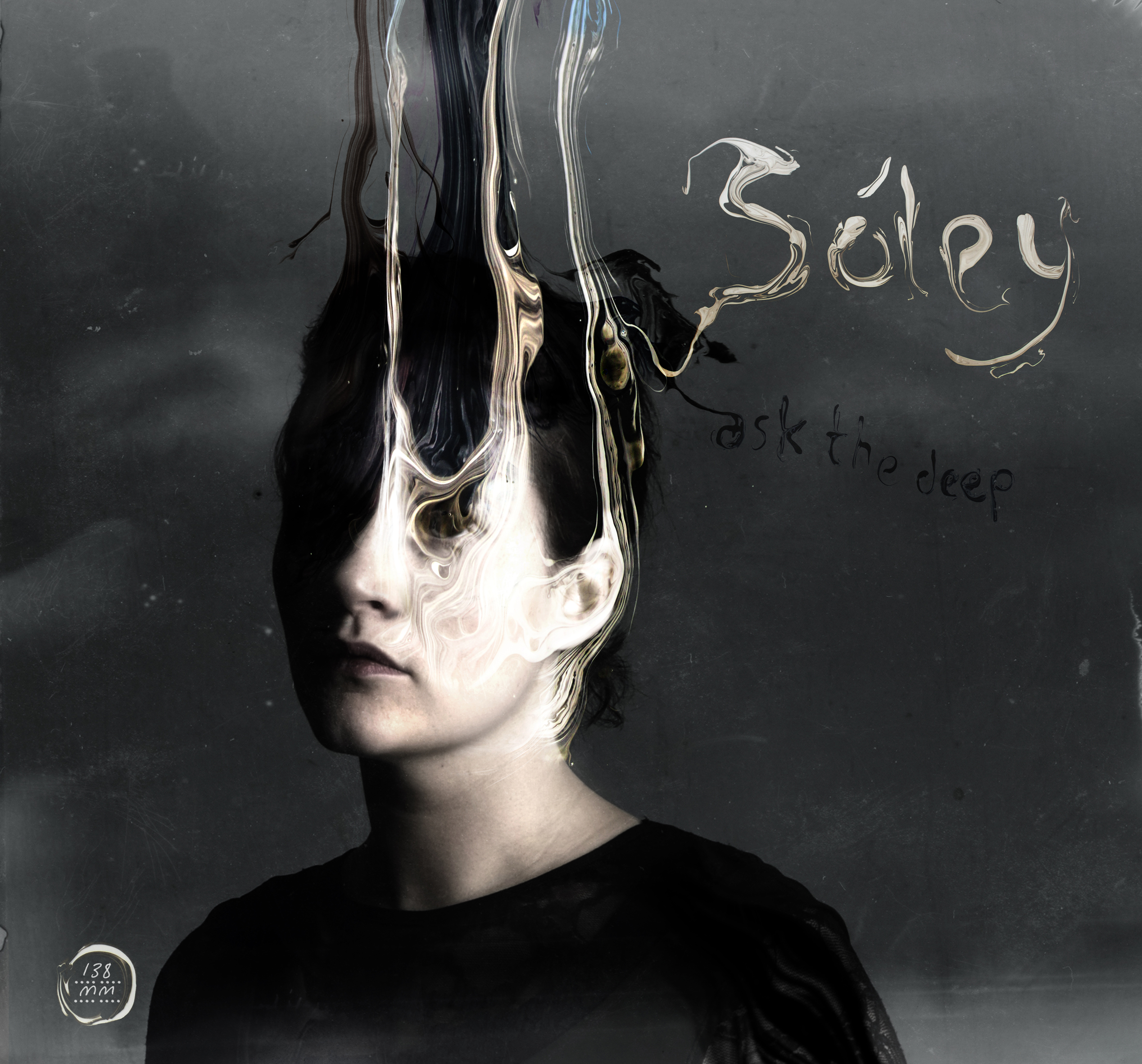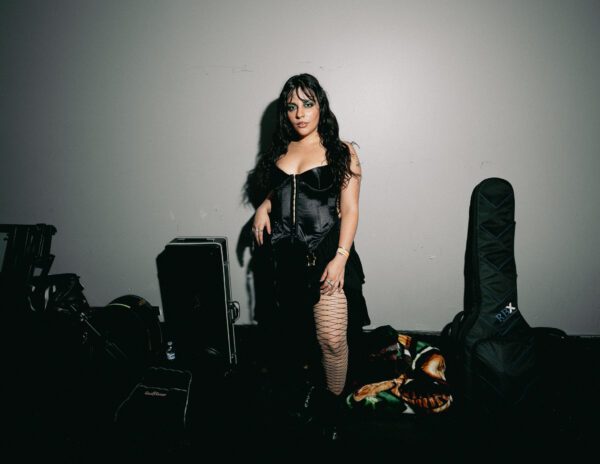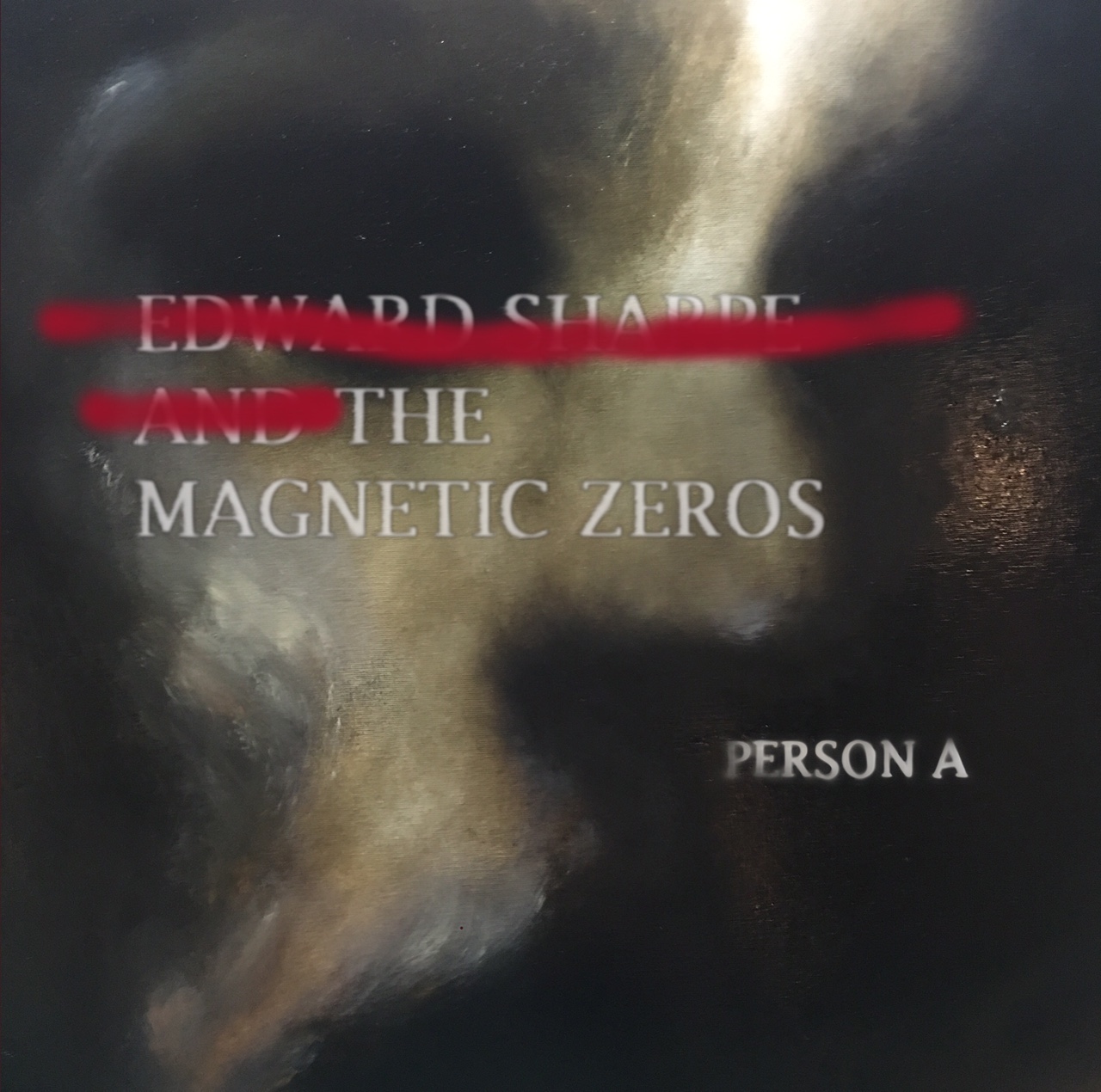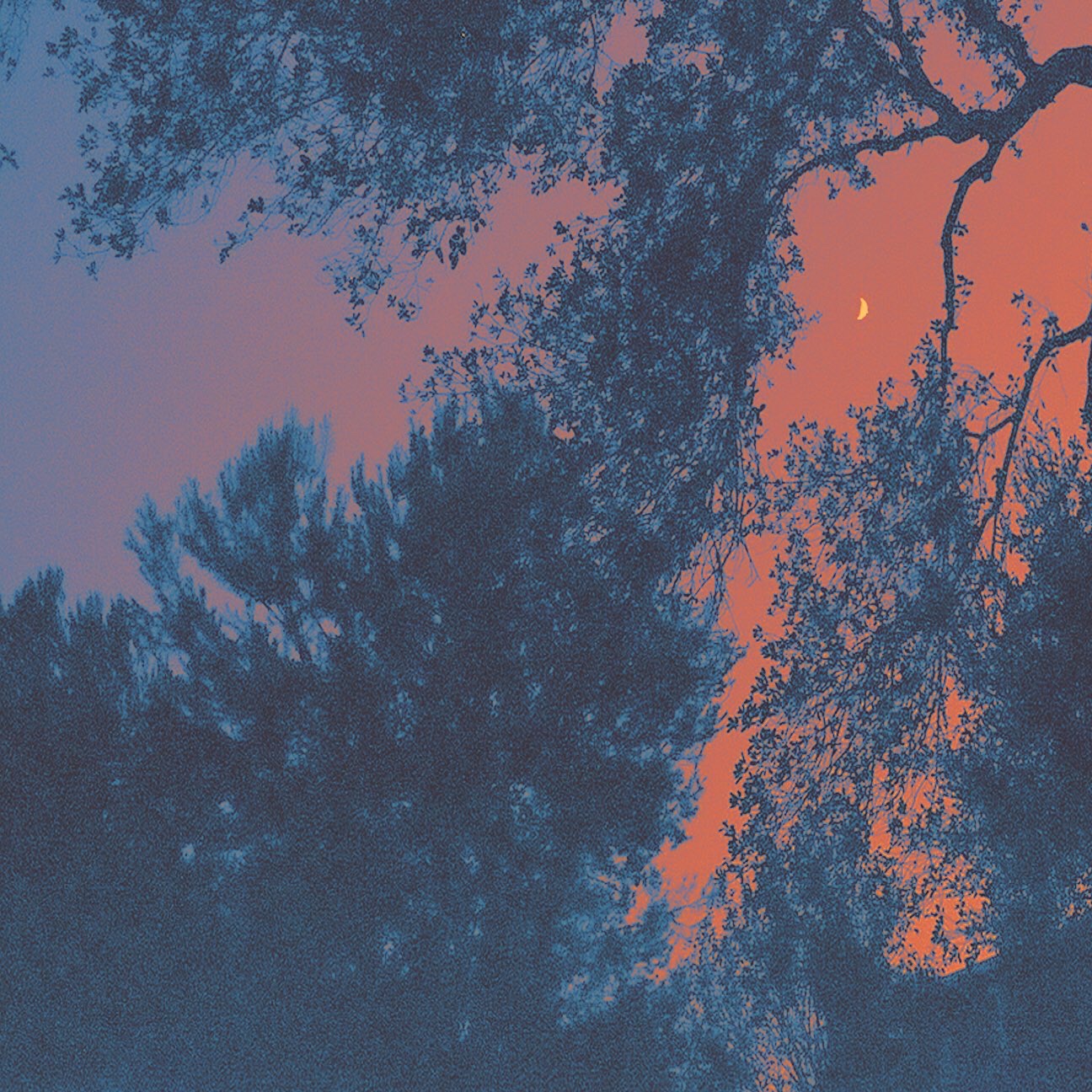
After growing accustomed to surreal multi-instrumentalist Icelander Sóley Stefansdottir (Sóley) and her nightmarish poetry – inspired by Edgar Allen Poe and Davíð Stefánsson – during the adventures of her EPs and debut long play, the most surprising thing was that she hadn’t yet been commissioned by a production company to compose a soundtrack to a Stephen King adaptation. Despite the potential being evidently displayed in particular on “Kill The Clown” from Sóley’s debut album We Sink – which portrayed a psychotic jester playing a dangerous game of hide-and-seek with its protagonists before the haunted become victorious in courage, evocative of Stephen King’s 1986 horror novel IT.
Although Sóley’s spine-tingling compositions could have easily been a chilling smoothie of The Mighty Boosh, Alice in Wonderland and Michel Gondry’s Science of Sleep, there was no right answer and Sóley merely provided powerful yet ambiguous ink blots, ready to be interpreted at will. She has also admitted that the accidental grammatical difficulties and the sometimes non-intelligible tone in her child-like delicacy actually benefit the fractured state of the stories, which mostly took place in John Bauer forests, and like most dream patterns contained one familiar source: in Sóley’s case, it always featured a home.
Oddball characters, the personification of inanimate objects and the dream-like need to be rescued or be saved in the face of unrealistic challenges, were accompanied effectively by creepy disorientated piano a kin to Patrick Watson’s Just Another Ordinary Day and spooky echoed environments created with found objects (floorboard creaks, metal tins, earthquake-rattling cutlery), omnichord, organs, beatboxing, acoustics, melodic electric guitar, abrupt ends and switches into lo-fi production. What was truly remarkable and champion was that her follow-up EP only needed a piano and her voice to create an even more frightening experience-magnified to the horror genre and silent movies – in the Icelandic-titled and circa 15-minute long Kromantik.
Sóley returns with her second album Ask The Deep and the melted portrait sleeve suggests another ghost ride. However, the Seabear member has toned down the goosebumps both musically and lyrically and is more inclined to create a dream-like paradise more in touch with the adventure genre rather than a terrifying nightmare. Unlike on We Sink – which consisted of short stories that were wrapped up from beginning to end within their average 3-minute time-frames – the story on this new album can be seen as a cohesive whole surrounding a ghost ship stuck in a storm of doubt with the devil being her only consistent company. They take the form of lucid dreams because she is aware of her state of consciousness (although the repetitive mentions of “dreams” and “nightmares” kind of make it too obvious) and she asks questions: “Tell me how can I wake up from here?” (“Halloween”), “would you kill for love?” (“One Eyed Lady”).
Sóley puts her associated piano on the backburner (appearing only on a few tracks) and introduces a more brave and gladiatorial personality that’s more similar to Efterklang and fellow Icelanders Múm. The subtle switch in style is not obvious immediately from opener “Devil“, which begins with caressed piano before exploding into a fuzzy rock frenzy trapped inside a tornado of voices. Although it could be seen as some kind of temptation motivation, Sóley’s interaction with the devil is most likely just character based: “Have I danced with the devil? Does he still love me?“.
The circling of bongos and tin percussion that is matched with a spiritual aura and blues rock guitar vibrato on the post-rock Sigur-Rós-esque “Ævintyr” feel like the character has been shipwrecked and washed ashore onto a deserted island as Sóley questions: “Do you wonder if there is anybody to look for you?“. “One Eyed Lady” sounds like a typical strange character from her bedtime stories debut and it’s lyrics maintain the same sense of anthropomorphism: “The trees are pushing her towards the hill“.
The Teardrop-esque heartbeats, organ, incredibly subtle guitar strokes and echoey vocals show that this singer still cares about creating the right environment for her stories. Interludes will always be an acquired taste for listeners who wish to submerge themselves in the Icelandic sea and sometimes they are one of the few elements of Sóley’s work that are a little frustrating as they tease with little reward, like with the non event of “Óhljó∂” breaking up the flow. Yet it was ok on EP Kromantik, because it was consistent occurrence and added to the uncertainty.
“Halloween” starts with noticeable euphoric pressed synths (suggesting it will soon replace the piano entirely), tremolo effects and metallic bashed beat and despite being straight-forwardly about the trick-and-treat activities, it links back to the ship and escapism theme: “The ghost ships sail away from this scene“. Lead single “Follow Me Down” narrates dissatisfaction that the dreamer wants to leave the island, and reintroduces calamity piano behind wailing keyboards and invigorating and vibrating marching drums. “I Will Never” is unusually urban for Sóley with its ambulance sirens but is dominated by a deep and sinister cathedral organ as she rejects the evil advances from her inner demons.
The most accessible moments come on the acoustic-synth-pop of “Dreamers“, although it plays a crucial part in the ship-drowning story and on “Breath“, which balances the safer moments with an opening tribal jam. Although we are brought back to the dark world of Sóley on Soap & Skin-like “Lost Ship” which reflects adrift souls of ship accidents with its ghostly swirls of cries and cold wind before her tender trademark piano and concludes with a final act of defiance: “I’ll be my master and maybe it’s best if I kill you (devil) right now“.
Although it’s sophisticated, more intimate (but not personal) and measured, it’s a shame that when the album ends, listeners aren’t left with the same shivering sensation created from Sóley’s previous adventures but the sweet charm of her vocals (mix of Lykke Li, Stina Nordenstam, Joanna Newsom and Susanne Sundfør), and the ability to create thought-provoking imagery that’s unlike her musical peers still remain. Sóley once confessed that she sees her albums like colours and if We Sink and Kromantik were black, then Ask The Deep is a black bean shade. Ask The Deep is out now via Moor Music, purchase it here.
Words by Matt Hobbs





